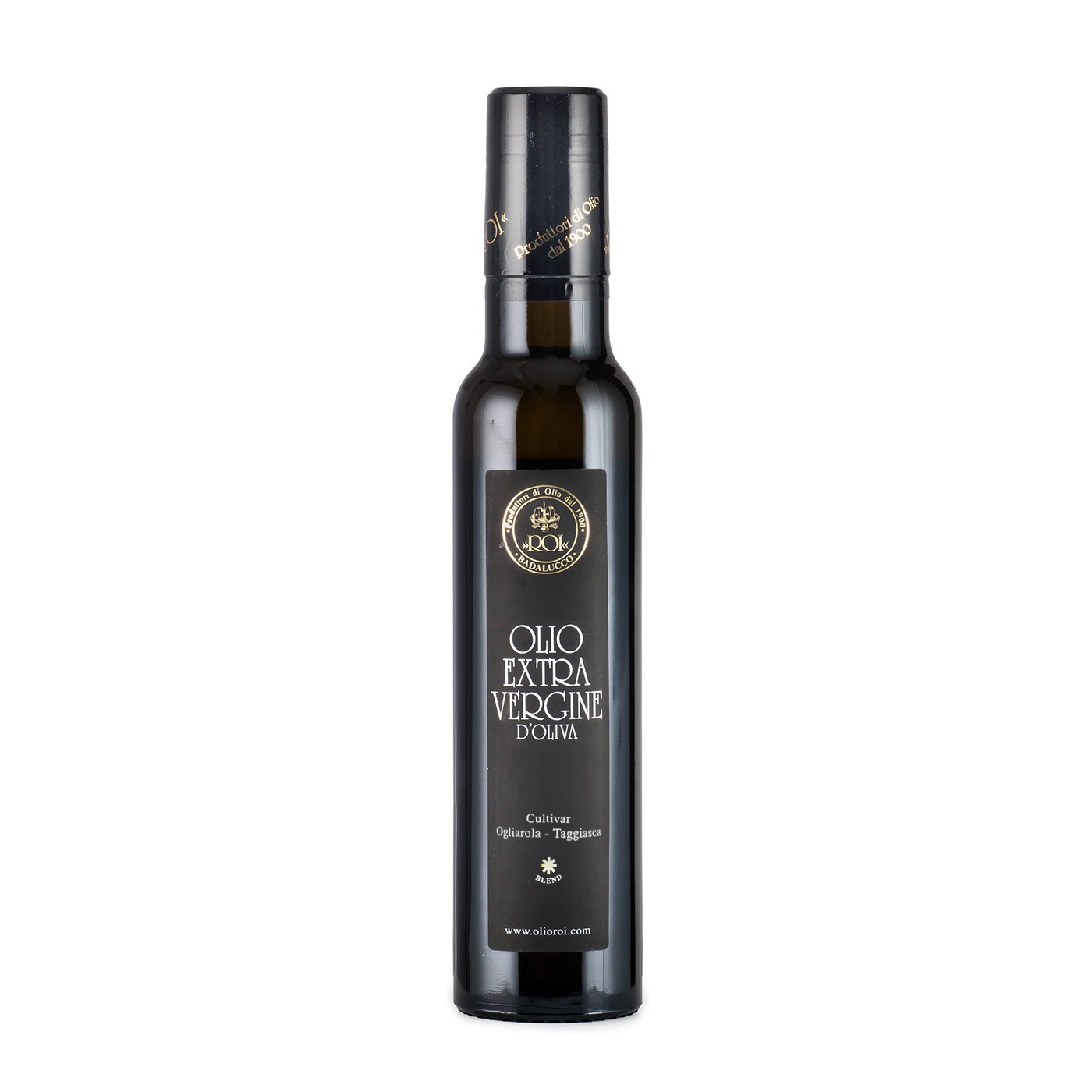 |
| moradoheath |
Radicchio varieties are so important to the Italians that several farmers, including the farmers of Veneto, have sought Protected Geographical Status, allowing only radicchio genuinely originating from a specified region to be identified as such in commerce. If you want to meet an Italian farmer up close who is growing some of the best radicchio in the world go here.
The modern cultivation of radicchio began in the 15th century in the Veneto and Tretino regions of Italy. The deep red radicchio we know today was developed in the 1860’s by a Belgium agronomist named Francesco Van de Borre. He utilized a technique called imbianchimento (whitening), pre-forcing or blanching which creates the dark red, white veined leaves. In this process the plant is taken from the ground and placed in water in darkened sheds where the lack of light inhibits the production of chlorophyll and the plants lose their green pigmentation. To learn more about the complexities of growing radicchio and some great recipes go to this article from the New York Times.
Did you know radicchio contains intybin, a sedative/analgesic? Pliny the Elder, a Roman author and naturalist, declared radicchio to be a blood purifier and an aid for insomniacs. And that the radicchio was first grown commercially in the United States in California in 1981? For more interesting information about radicchio go to this page from hungrymonster.com.
To Store
Store radicchio unwashed and wrapped in a paper towel in a bag and in the crisper drawer of your refrigerator for up to a week.
To Nourish
Radicchio is a cholesterol free and rich source of dietary fiber. It also contains several vitamins and minerals including Selenium, Phosphorus, Potassium, Calcium, B Vitamins as well as Vitamin A, C, K, E and Folate. The bitter taste of radicchio is due to lactucopican (intybin) which is a potent antimalarial agent and has a sedative and analgesic (painkiller) effect. Radicchio is low in calories and has plenty of fiber to keep one satiated which aids in weight loss. The high fiber content also aids in digestion and prevention of colon diseases. It is high in antioxidants that prevent cancer, heart disease and diabetes.
To Prepare
Radicchio has a spicy and slightly bitter taste. Italians rarely eat radicchio in a salad but prefer to eat it solo grilled with a simple olive oil accompaniment. Radicchio does mellow with cooking. Radicchio can certainly be eaten raw, but is perfect sautéed, braised, grilled and roasted. For a tip on how to take the bitter taste out of your radicchio check out this article from The Miami Herald with recipe included.
To Try
Grilled Polenta and Radicchio with Balsamic Drizzle
Bruschetta with Burrata and Radicchio Marmalade
White Bean Bruschetta with Grilled Radicchio Salad
Chestnut Crepes with Radicchio and Mushroom Filling
Pancetta Wrapped Radicchio
Caprese Salad with Burrata and Radicchio
Radicchio Salad with Green Olives and Parmesan
Chicory Apple Salad with Brown Butter Dressing
Radicchio and Pear Salad
Radicchio and Apple Salad with Parmesan Crisps
Radicchio Salad with Sourdough Dressing
Endive and Radicchio Salad with Roasted Hazelnuts
Crunchy Winter Vegetable Salad
Escarole and Seared Radicchio Salad with Pecan Vinaigrette
Radicchio Salad with Pickled Grapes and Goat Cheese
Radicchio, Fennel and Olive Panzanella
Carrot and Pistachio Salad with Radicchio
Marinated Radicchio and Beet Salad with Goat Cheese
Grilled Radicchio and Romaine Salad
Lentil Salad with Roasted Vegetables
Shredded Egg Salad
Roasted Butternut Squash, Radicchio and Onion
Seared Sweet Potatoes with Sausage and Radicchio
Vegan Catalan Style Radicchio and White Beans
Baked Figs with Goats Cheese and Radicchio
Grilled Hearts of Palm, Radicchio and Asparagus
Grilled Radicchio with Olive Oil and Sea Salt
Grilled Radicchio with Walnut Anchovy Sauce
Roasted Radicchio
Todd English's Garlic Roasted Radicchio
Pumpkin Dumplings with Radicchio
Gorgonzola and Radicchio Risotto
Radicchio or Endive Risotto
Sausage and Radicchio Orecchiette
Chicken Schnitzel Sandwich with Horseradish Cream and Radicchio
Sausage and Arugula Pasta Salad
Chicory Salad with Smoked Salmon
Radicchio Salad with Turkey, Pear and Pomegranate
Pasta with Radicchio Sauce
Penne with Roasted Chicken and Radicchio
Penne with Radicchio and Goat Cheese
Farafelle Casserole with Radicchio and Mushrooms
Beef Tagliata with Radicchio and Arugula
To Use
In 1890, Giuseppe Boeri rented a communal olive oil mill in the hills of Liguria to press local Taggiasca olives. Over 100 years later, the Boeri family continues to use a traditional stone press for Roi’s sustainable extra virgin olive oil. A buttery oil with hints of nuts, discreet fruit, and gentle herbal flavors, this Ogliarola Taggiasca Extra Virgin Olive Oil is made with the same local Taggiasca olives (Eataly, $10.80)

